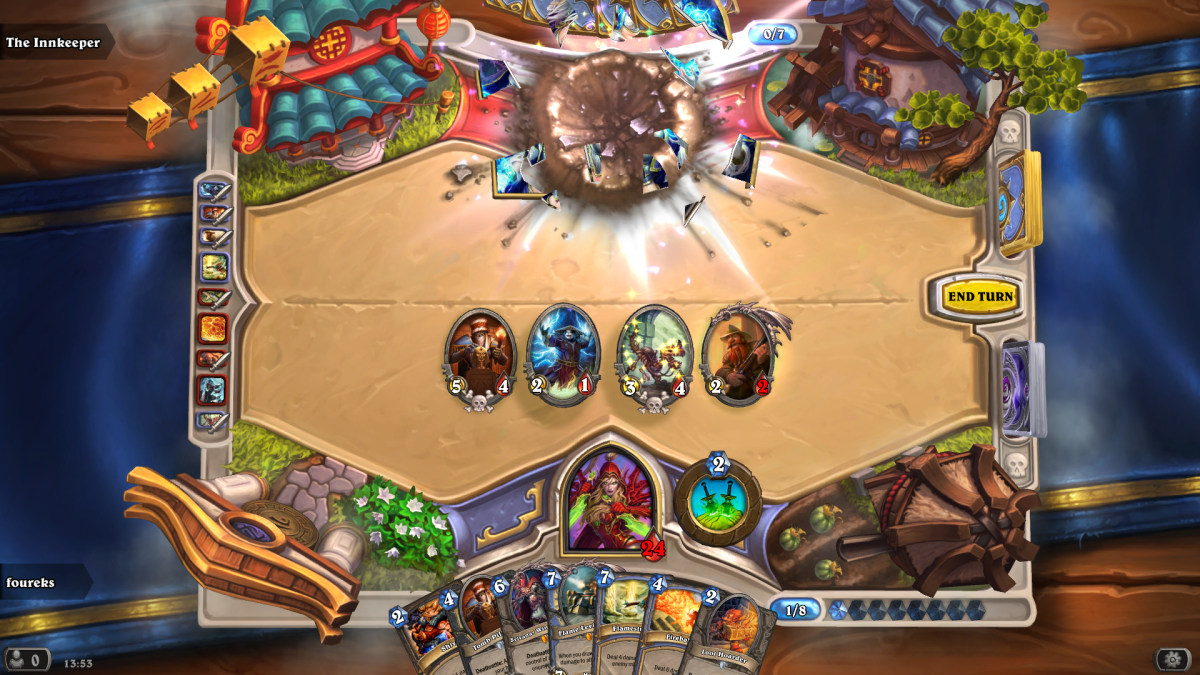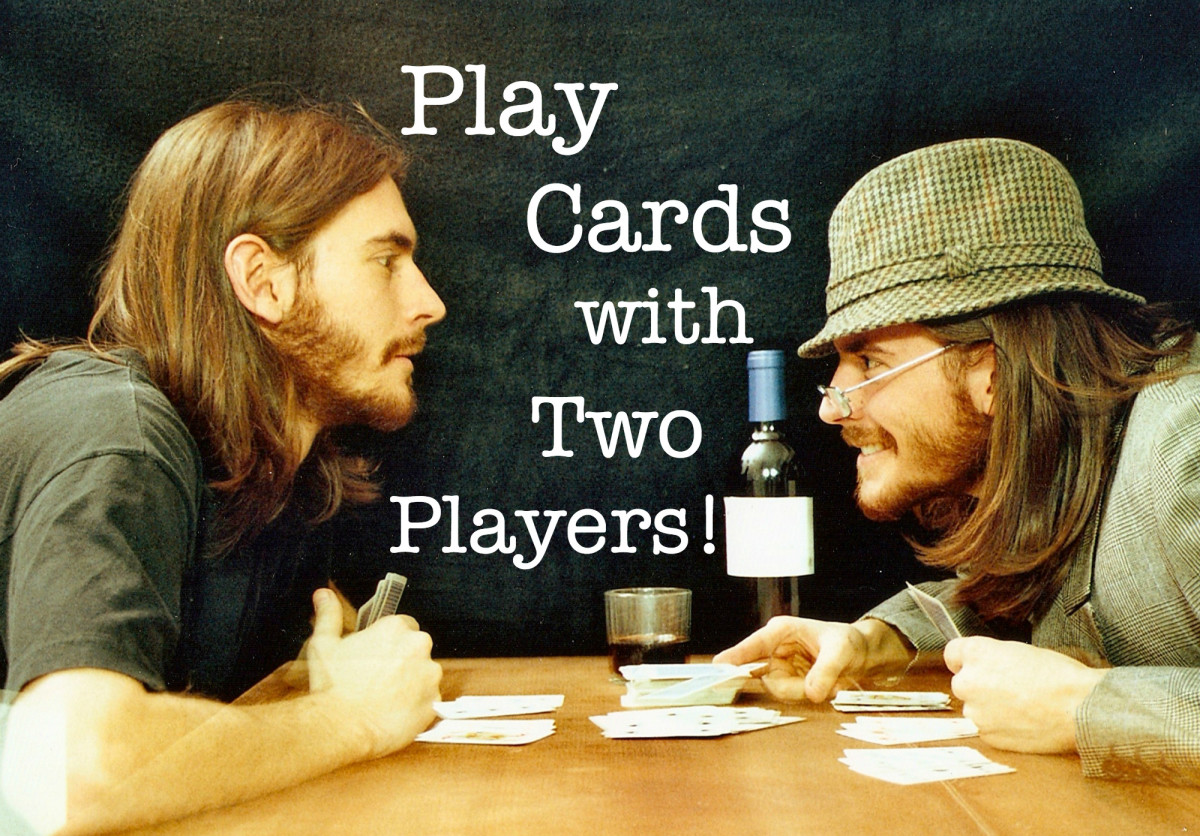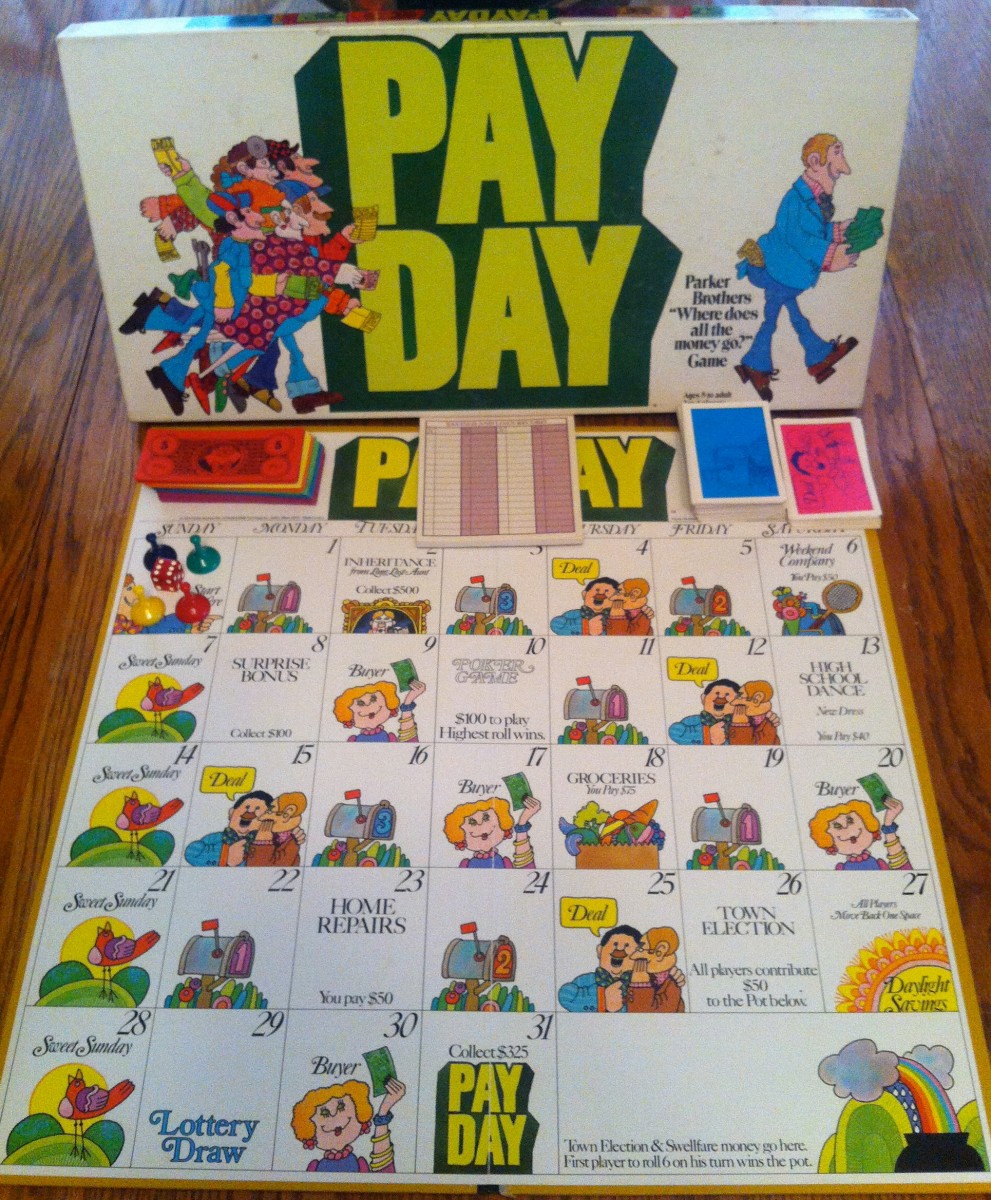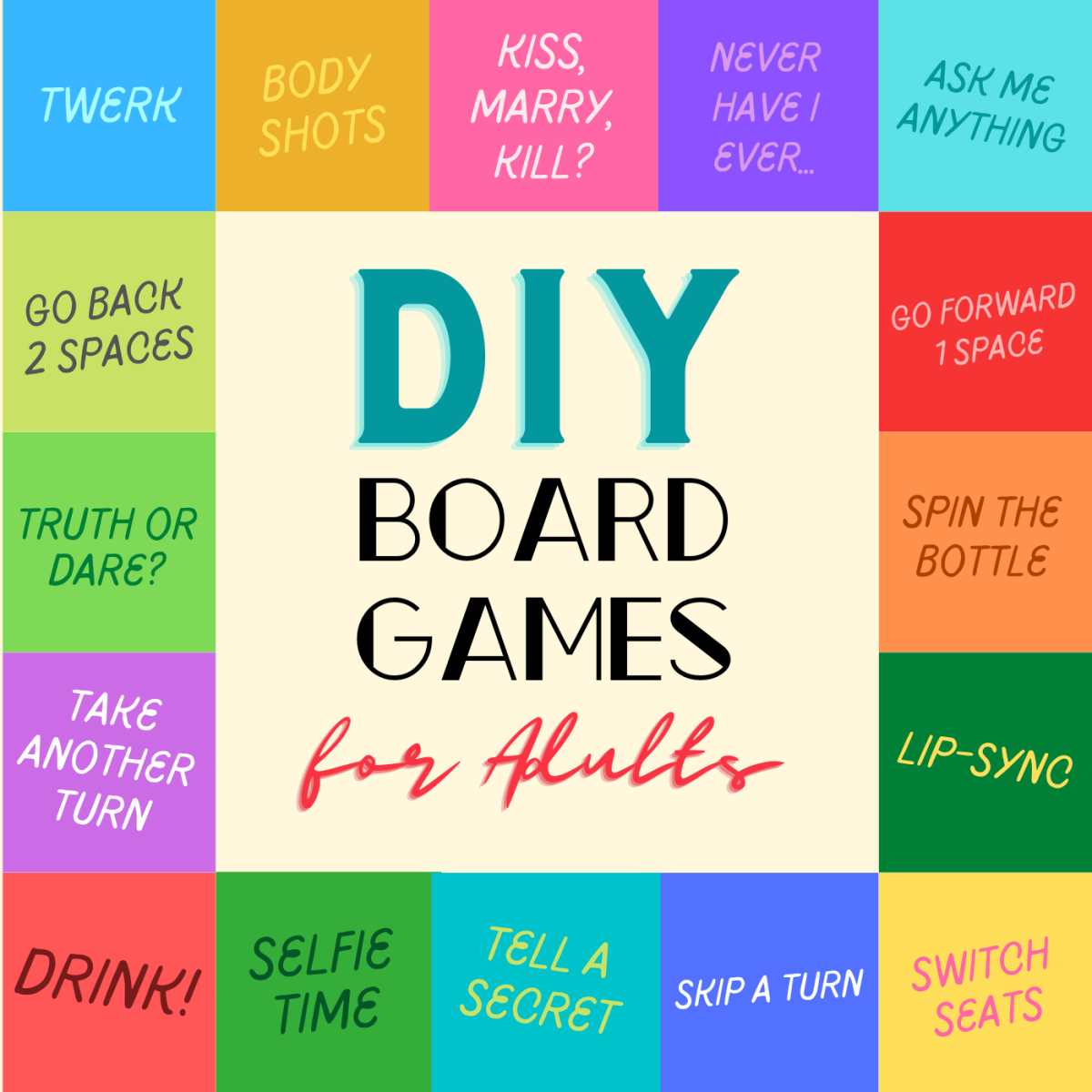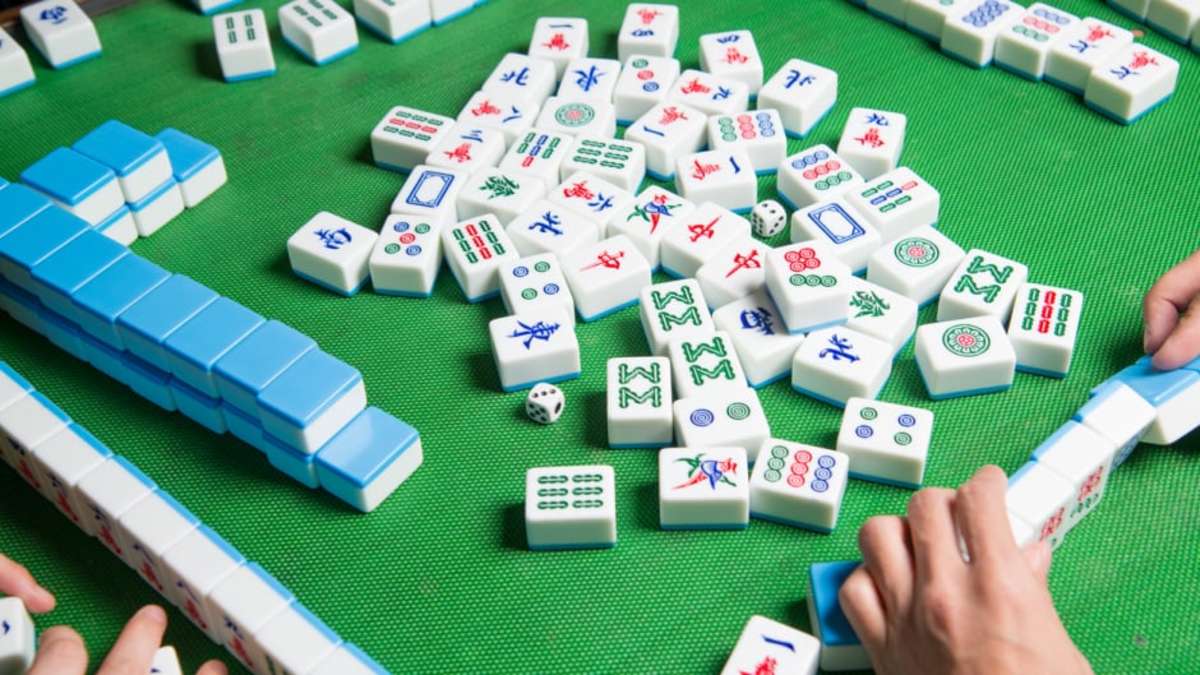Dungeons & Dragons Review: Wrath of Ashardalon Board Game
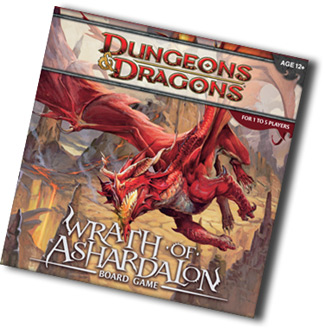
Introduction
Wrath of Ashardalon is the second game released in Wizard of the Coast's D&D Adventure Game line. Like it's predecessor, Castle Ravenloft, Wrath is a fairly typical dungeon crawling board game with lots of Hack n' Slash for those who like whacking monsters for loot. Where the previous game was set in Strahd von Zarovich's infamous castle, the adventure in Wrath takes place in the volcano lair of a red dragon named Ashardalon. Questing here is not for the faint of heart, and the hazards of the lair itself are as likely to destroy hapless adventurers as the various minions of the dragon. Those foolhardy or brave enough to reach Ashardalon hold the fate of the land in their hands... if they survive.
Contents
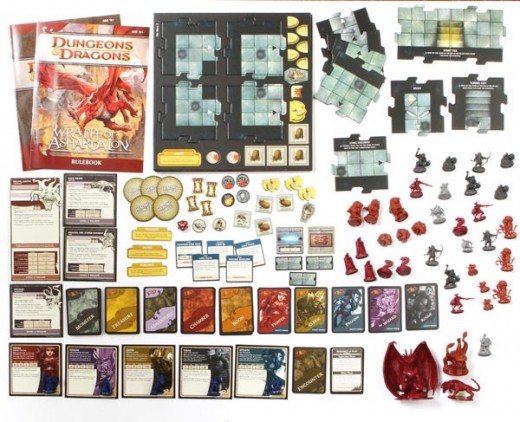
Like the rest of the games in the series, Wrath of Ashardalon comes in a box absolutely loaded with components. Though not at the level of a Fantasy Flight Games production, Wrath comes with a lot of pieces: dungeon tiles, various cards representing powers and encounters, miniatures, and tokens for all manner of things. The quality here is fantastic; the cardstock used is thick and sturdy, and everything from the tokens to the dungeon tiles feel like they'll be able to take years of gaming. The power and encounter cards seem to be printed on the same material that Magic: the Gathering cards are made of.
Wrath of Ashardalon comes with two booklets, one containing the rules and the other has all the adventures. The rule book is laid out well, and provides concise explanation of the mechanics of the game. A handy FAQ is provided on the last page that details more specific questions on rule interactions. The adventure book contains thirteen scenarios, with one being a solo adventure and another being a lengthy campaign meant to be played over multiple sessions. Entries here are short and provide all the information necessary to play the chosen scenario, including what components are needed and any special rules.
The game comes with 42 unpainted plastic miniatures representing the heroes, villains and monsters of the dungeon. Those familiar with the discontinued D&D Miniatures game will certainly recognize many of them as they are all ( the best of my knowledge ) re-purposed from that product. The miniatures are made of a flexible plastic that is both fairly solid, yet slightly bendable. This is especially apparent on some of their bases and weapons as some of them tend to have a slight bend that might require flattening. The Rage Drake's base, for example, needed to be bent back slightly so it would sit flush. Besides this one issue, the miniature quality is fantastic, with all the miniatures well detailed and an excellent representations of what they're supposed to be.
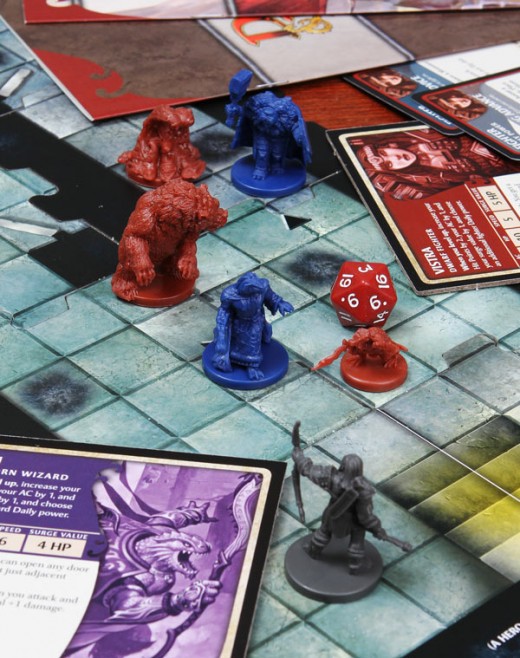
Gameplay
Meant for 5 players aged 12 and up, Wrath of Ashardalon and can easily be played with less players as it scales readily to the number of players. In practice you might find that certain heroes are a must. Game set-up is simple: each player chooses a hero, and these include a Human Cleric, Dragonborn Wizard, Elf Paladin, Half-Orc Rogue and a Dwarf Fighter. Each hero comes with a character card and miniature, and the character card lists all necessary stats, as well as starting power selections. Powers are detailed on individual cards that include attacks, party enhancements, healing and other various effects.
After choosing heroes, the group selects their scenario from the adventure book, each of which starts with a short description of the party's goals. The game comes with a number of special components that aren't used in every adventure; any of these necessary for the adventure are listed here along with any special set-up for the starting location. Most adventurers require the group to reach a certain dungeon tile, and this tile gets shuffled into a tile stack. Encounter cards and monster cards also get shuffled and placed near the play area. Players then set their miniatures on the starting tile, and the game begins. The meat of the game is dungeon exploration, and this is handled pretty well. It should be noted here that there's no game master required for any of the Adventure Series games, which is a nice change of pace from most of these style games.
The game works in three phases: the Hero Phase, the Exploration Phase and the Villain Phase. Each player goes through these three phases on their turn. On the Hero Phase, the players can move and make make an attack, attack then move, or move twice. Attacks are done by using powers, and are done by a simple d20 die roll vs. the target's Armor Class. The powers are classified as At-Will, Daily and Utility, and with the exception of the At-Wills, are only useable once per game unless some other effect allows you to regain it's use. Each attack has it's own attack bonus to the roll, and do various amounts of damage. After they complete their actions, the game moves on to the Exploration Phase.
If the hero has ended their movement on the edge of an unexplored dungeon tile, a new one gets chosen from the top of the dungeon tile stack and laid next to the explored tile. The player then draws a monster card, and places it's miniature on the new dungeon tile on the specially marked square. Once the players has placed a monster, or if they did not stop on an unexplored edge, the player moves on to the Villain Phase.
Many things occur on the Villain Phase that can impact the game, and it's important they occur in the proper order. First, if a player has placed a dungeon tile with a black arrow, or didn't place a new dungeon tile at all, they draw from the deck of Encounter cards and play it's results. The Encounter deck contains various effects, most harmful to the party such as environmental effects or traps, but some can be very advantageous. Then, if there is a Villain in play, it gets activated. Lastly, Monster and Trap cards (generated by the Encounter deck) are activated in the order that they were drawn.
Villain and Monsters, once activated, follow a list of tactics, which works like a series of actions they can do on their turn. The hero controlling the monster looks at each possible action in order, and performs the first possible one on the list. For example, Human Cultists have two possible actions: If the Cultist is within 1 tile of a Hero, it moves adjacent to the closest Hero and attacks with a Poisoned Dagger; otherwise, the Cultist moves 1 tile towards the closest Hero. Any attacks are detailed in a small stat box listing their attack bonus, damage, and any extra effects. Like Heroes, all attacks are rolled on a 20-sided die against the target's AC. It should be noted that Villains activate on every Hero's turn, where Monsters only activate on their controller's turn.
The game can end in one of two ways: with either the players complete the goal of the adventure, or when they use up their banks of Healing Surges. Players have a limited number of Healing Surges per adventure, represented by tokens handed out at the beginning of the game. If a player starts their turn at 0 Hit Points, they must spend a Healing Surge and heal an amount equal to their Surge Value. If there are no Healing Surge tokens remaining when a Hero starts their turn at 0 hit points, the Heroes lose the adventure and the game ends. The group normally starts with 2 Healing Surges available, but this number can be adjusted to make the game easier or more difficult.
Overall Impressions
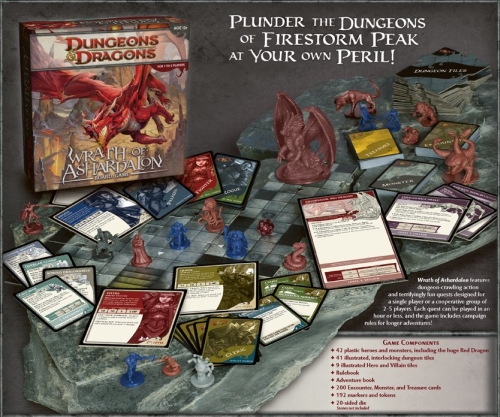
Wrath of Ashardalon is a wonderful introduction to dungeon crawl style board games being both easy to learn and quick to play. Most it's ease of play results from being essentially a stripped down version of the Dungeons & Dragons 4th Edition rules system. In fact, all the Adventure Series game are a great way to get a new player in to the 4th Edition rules set, and I've found that people who play the board games first tend to catch on the 4E very fast.
Game play goes pretty fast once the players know the game, with the average game lasting about 45 minutes or so, up to 90 minutes, but that has been a rarity for the group I play with. The campaign adventure is a nice adventure, granting the game some extra replay value. The rules and game itself seem to be an improvement over Castle Ravenloft, though in my experience it's a more deadly and unforgiving game. Whether it's in our approach or the game itself, it seems my game group has had a much lower success rate than we had in Castle Ravenloft.
Due to the nature of the game, it can prove to be a great resource to players of D&D, or tabletop RPGs in general. The dungeon tiles and miniatures are easily useable in standard D&D, and the overall price makes it an amazing value for people who play D&D anyway. For example, the miniature used for Ashardalon is the Huge Red Dragon Miniature from the Giants of Legend expansion of the D&D Miniatures game, which is out of print. That miniature goes for anywhere from $40-$50 on the secondary market, and the entire Wrath of Ashardalon board game retails for a suggest price of $65, making it a fantastic savings. Granted, the minis supplied are unpainted, but the amount of them you get makes Wrath an amazing investment.
The game does have a couple faults for me, and these are probably minor at best. Heroes only have two levels of experience available, so in the longer campaign adventure Heroes don't gain any real extra power beyond any magic items they find. Also, while Wrath of Ashardalon is part of the Adventure Game series, and is useable with components from Castle Ravenloft and Legend of Drizzt, there's no real suggestions on doing so. Monsters and heroes can freely interchange, but outside of three extra adventures on Wizard's website, there's no support for intermixing the games. To be fair, though, this is only a flaw when taken in to the context of Wrath being used with the other games and should not impact if being judged alone.
In summary, Wrath of Ashardalon is a great game, especially for those looking for a simpler alternative to some of the other, more complex dungeon crawl games out there. It should definitely be considered by anyone who already plays 4th Edition, and at least looked at by tabletop RPGers as well.
Check out this awesome review of Castle Ravenloft!
- Dungeons And Dragons Castle Ravenloft Board Game
Andykramer's fantastic review of the first game in the D&D Adventure Game series: Castle Ravenloft.



